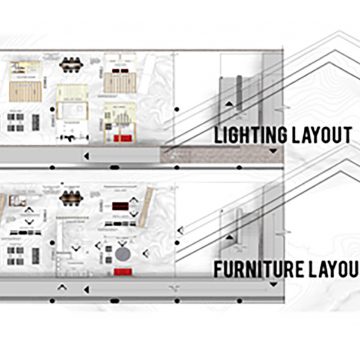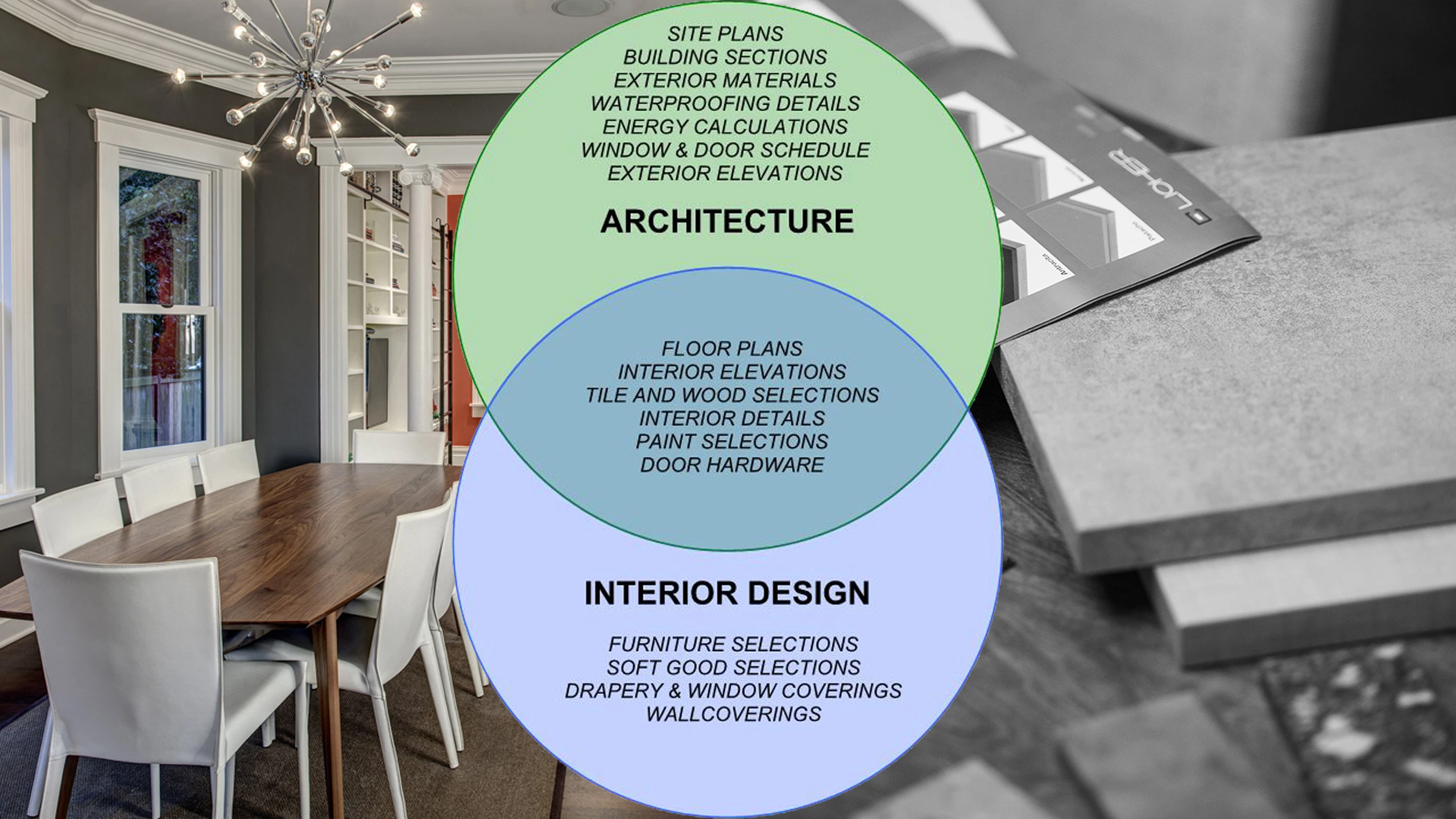Taking Full Advantage Of Visual Charm: The Harmony Between Interior Design and Home Engineer Techniques
Understanding the subtle interplay in between interior decoration and home architecture can dramatically elevate the aesthetic allure of a space. This marital relationship of design self-controls entails a thoughtful integration of architectural aspects with indoor layouts, and an experienced application of concepts such as balance, rhythm, and comparison. As we explore this synergy, we will discover means to create practical and aesthetically striking settings that not only reflect personal style, however additionally adjust to the vibrant demands of modern-day living.
Understanding the Fundamentals: Defining Interior Design and Home Design
Indoor style and home style, often intertwined, represent the structural and visual facets of our living rooms. Interior Design is a multifaceted discipline that includes developing useful, safe, and aesthetically pleasing spaces inside a structure. It consists of elements such as furnishings setup, shade control, and accessory option. On the various other hand, home style largely concentrates on the strong structure of a structure. It entails developing a practical and visually pleasing framework that stands the test of time. It encompasses components such as room sustainability, preparation, and building and construction. Both fields require a deep understanding of human actions, culture, and psychology. Each plays an essential duty in forming our living environments, adding to our overall comfort, performance, and wellbeing.
The Harmony Discussed: How Interior Decoration and Home Style Intersect
Understanding the harmony in between interior decoration and home architecture can unlock a world of creative thinking and functionality. When discussing this crossway, the impact of style on interiors is an important facet to take into consideration. This discussion will concentrate on the unifying design principles that blend these two fields right into an unified whole
Unifying Layout Concepts
While it might appear that interior layout and home architecture are 2 distinctive disciplines, they are in fact deeply interconnected, forming a synergy that is important for producing harmonious home. Unifying style principles are the pillars that promote this symbiosis. The concepts consist of equilibrium, rhythm, consistency, contrast, and emphasis. These aspects coalesce to offer a cohesive visual allure. Balance develops a feeling of stability, rhythm offers a feeling of activity, consistency makes sure unity, contrast sparks interest, and focus attracts attention to key aspects. The calculated application of these concepts enables a smooth blend of appearances and feature, enhancing the overall experience of the space. Essentially, these principles work as the bridge, unifying interior decoration and building practices.
Architectural Impact on Insides
When one thinks about the building influence on interiors,The intertwining of indoor layout and design becomes also extra evident. Building elements are intrinsic to an area's capability and aesthetic appeals, forming the design from the onset. Columns, arcs, stairs or beams, for circumstances, serve both structural and ornamental functions. They can split rooms, develop prime focus or imbue an area with a particular ambiance. Consideration of light, percentage, and texture additionally stem from architectural influences. Ultimately, style mold and mildews the canvas whereupon indoor developers function. Their synergy is thus undeniable: design develops the structure, which interior design boosts with texture, decor, and shade. This cooperative partnership makes certain a harmonious equilibrium in between function and appeal, enhancing the aesthetic appeal of any kind of area.
Key Concepts in Harmonizing Interior Design and Home Style
Striking a balance in between functionality and appearance is an essential facet of balancing interior decoration and home design. A just as important principle is the combination of lasting layout to create green and energy-efficient homes. Last but not least, understanding and exploring various architectural styles can likewise play an essential role in achieving a harmonious get more info design.

Stabilizing Functionality and Aesthetic Appeal
Stabilizing performance and appearances in indoor style and home style emerges as one of the paramount principles to consider. Looks uplifts the mood and influences the perception of space, whereas capability makes certain usability and comfort. Equally essential is the reliable arrangement of the area, with a tactical format contributing considerably to the harmony between performance and visual appeals.
Lasting Layout Integration
In preserving the equilibrium between functionality and appearances, one have to likewise consider the combination of lasting design principles. This strategy not only boosts the aesthetic allure of a room however additionally ensures its long life and lowered ecological impact. A harmonious fusion of interior design and home style, assisted by sustainability, can develop areas website that are stunning, practical, and eco friendly.
Exploring Architectural Styles
While there are a myriad of architectural designs to discover, it is necessary to understand that every one carries its distinct concepts that can considerably affect the harmonization of indoor layout and home architecture. These styles, ranging from the elaborate Baroque to the minimalist Modernist, lug distinct viewpoints and looks that, when effectively understood and used, can develop check here homes that are not just visually stunning but also harmoniously integrated in terms of design and architecture. Choosing an architectural style is not simply concerning individual visual choice; it has to do with picking a layout language that talks to the home owner's lifestyle, viewpoint, and aspirations, creating a home that is a true representation of its homeowners.
Instance Researches: Phenomenal Instances of Layout and Style Harmony
Diving into some remarkable instance studies gives a profound understanding of how design and style can harmoniously combine to develop engaging and functional spaces. Wright's style masterfully incorporates the residence with its surrounding landscape, while the indoor mirrors the outside's natural forms. These examples show the importance of synergy in between indoor layout and architecture in accomplishing visual and functional success.
Practical Tips: Enhancing Your Home's Aesthetic Appeal
Drawing ideas from the study of building and style synergy, property owners also can implement some useful techniques to boost their home's aesthetic appeal. A harmonious mix of colors, textures, and illumination can improve a space, developing a cozy and inviting environment. Selecting furnishings that enhances the building components of your house can cultivate a feeling of unity. Wall surface art and style items can include character, showing personal style and taste. Including plant, either via interior plants or sights to the outdoors, can bring an aspect of nature, providing a calming impact. Smart use mirrors can open a room, providing an illusion of a bigger location. Eventually, the aesthetic appeal depends on balancing performance with design, developing a home that is both gorgeous and livable.

Future Trends: How Modern Techniques Are Transforming Interior Design and Architecture
As the world progresses, so do the fads in indoor layout and style. Modern techniques are increasingly focusing on sustainability, incorporating energy-efficient styles and environment-friendly materials. These patterns show a shift towards designs that are not just aesthetically pleasing, yet additionally eco aware, highly advanced, and adaptable to changing way of livings.
Verdict
Finally, the integration of indoor design and home design methods is a vibrant approach to improving aesthetic charm. By leveraging essential concepts like comparison, balance, and rhythm, and incorporating aspects of contemporary living, developers can develop flexible, aesthetically pleasing settings. Through comprehending this harmony, homeowners can make educated choices that not just elevate their home yet also add to their total health.
Understanding the subtle interplay between indoor layout and home architecture can substantially boost the visual allure of a living room.Interior style and home design, often intertwined, represent the aesthetic and structural elements of our living areas.While it may seem that interior style and home design are 2 distinctive self-controls, they are really deeply interconnected, developing a harmony that is vital for producing harmonious living areas.The intertwining of interior design and architecture comes to be even extra apparent when one considers the building impact on insides. A harmonious combination of interior design and home architecture, guided by sustainability, can develop rooms that are stunning, practical, and ecologically friendly.
Comments on “Find a Top Experienced Architect in Winchester to Craft Your Ideal Home Design”